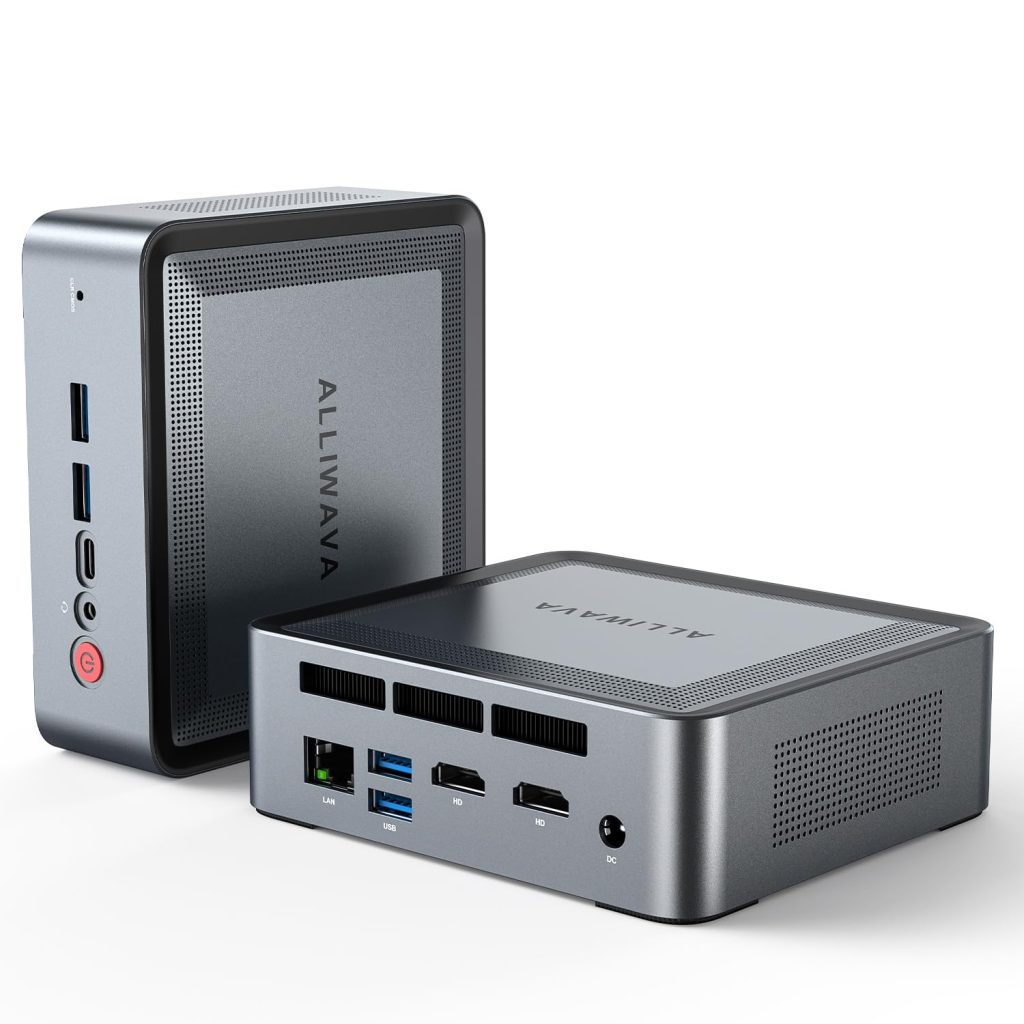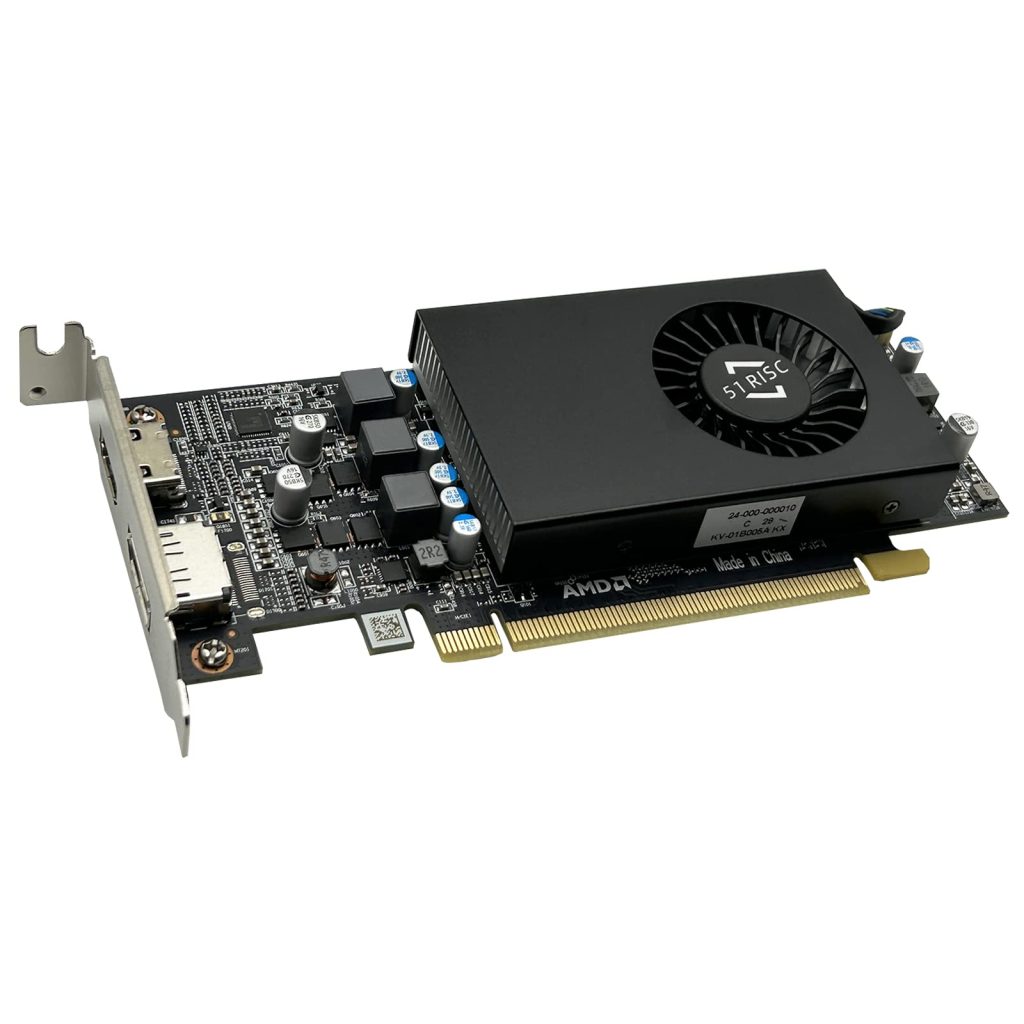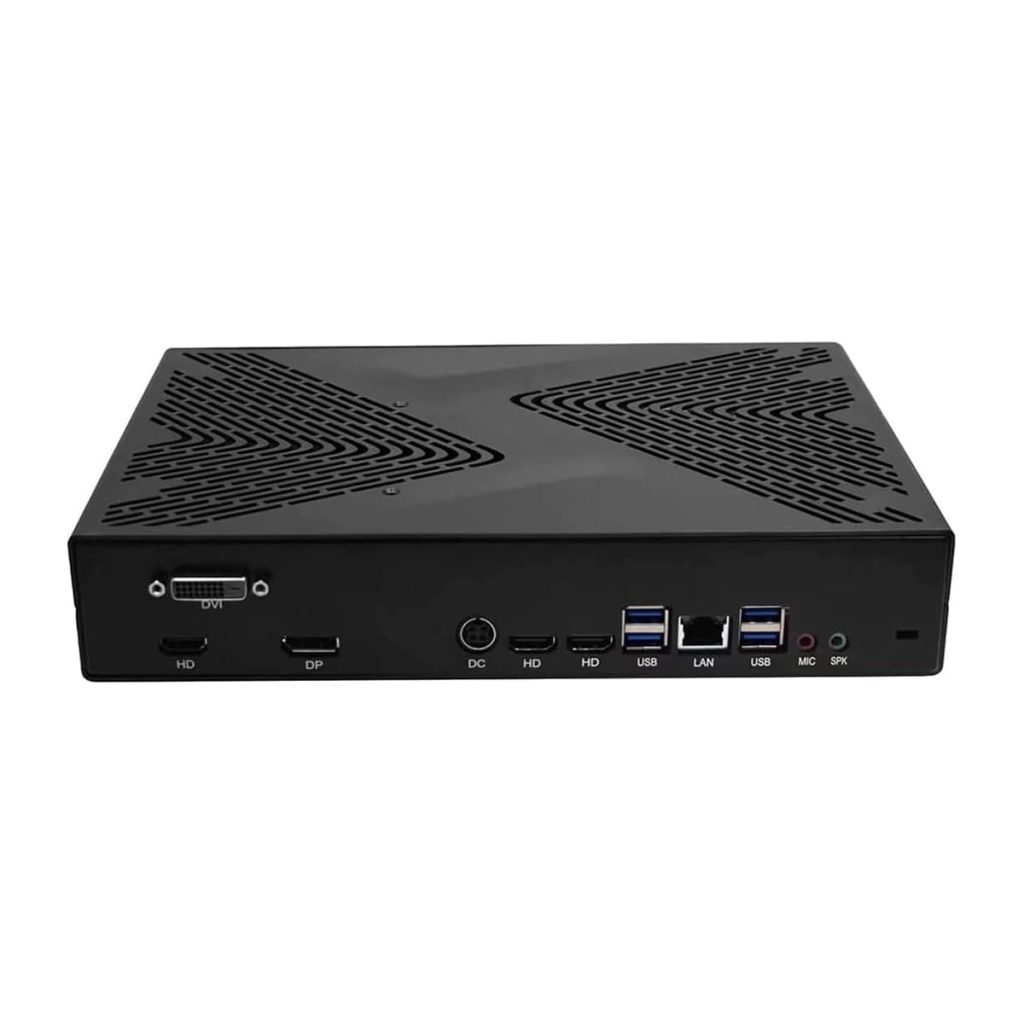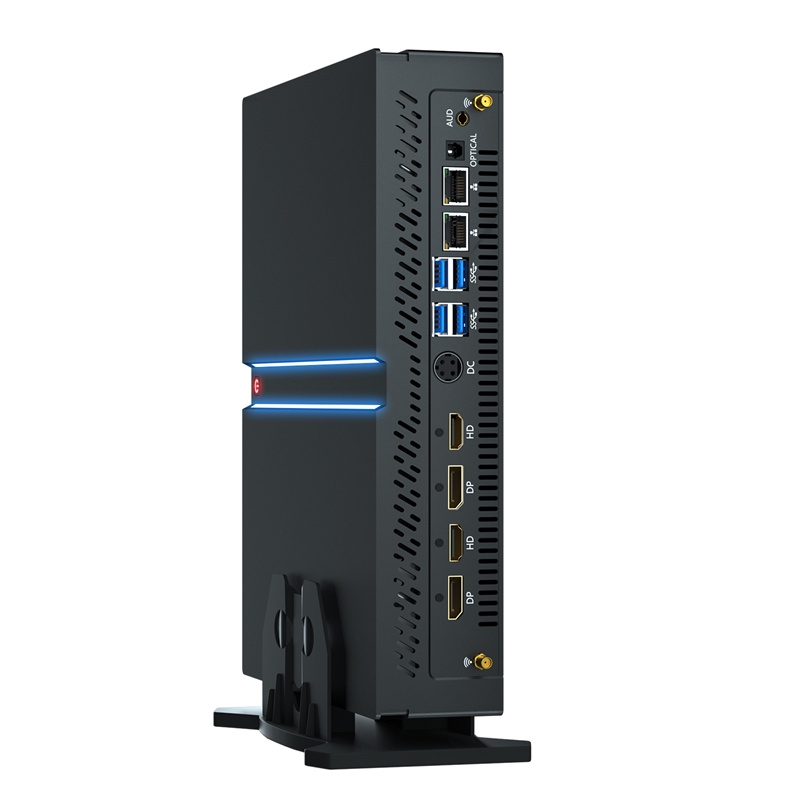The personal computing landscape continues to evolve in 2024, leaning more and more towards sleek, space-saving designs coupled with best mini pc with graphics card. Mini PCs with graphics card integration exemplify this trend, packing impressive graphics capabilities into compact form factors. Perfect for gaming, content creation, or even just a multimedia center; these small machines are more than capable of fulfilling everyday needs. This article rounds up some of the best mini PCs that offer robust graphics performance, examining their specs, use-cases, and value propositions.

Overview of Top Mini PC Offerings
Leaders in the Market
Mini PCs offering discrete graphics often come with compromises due to their size, but there are several models that defy expectations. Manufacturers like Intel with their NUC lineup, including the Ghost Canyon and Phantom Canyon, pack a significant punch with options for powerful dedicated GPUs. Another notable contender is the MSI Cubi series, designed to accommodate gaming-grade GPUs in a diminutive enclosure. These systems come with top-tier CPUs and enough RAM to handle intense workloads, making them ideal for gaming and heavy multitasking.
Budget-Friendly Options
Not everyone requires the brute force of a high-end mini PC. For the more budget-conscious consumer, there are mini PCs that offer respectable graphics performance without breaking the bank. Brands like Acer and ASUS have entries in the mini PC market, such as the Acer Aspire XC or the ASUS Mini PC PN series, which house lower-powered but still capable dedicated GPUs suited for casual gaming and media consumption. These mini PCs strike a balance between performance and price, proving suitable for a wide range of users.
A Deep Dive into Performance
Leveraging Integrated Graphics for Compact Efficiency
For many users, a dedicated graphics card isn’t strictly necessary, as integrated graphics have come a long way in recent years. Mini PCs like the Apple Mac mini, though lacking a discrete GPU, sport Apple’s M1 chip which features an 8-core GPU that punches well above its weight. Similarly, some of Intel’s NUC models come with integrated Iris Xe Graphics, offering decent performance in a truly small package. These systems are adept at handling everyday tasks and can even support light gaming, photo editing, and 4K video playback.
Understanding Graphics Performance in a Compact Form
When evaluating a mini PC with dedicated graphics, it’s important to understand how well the GPU performs relative to its full-sized counterparts. Smaller systems can mean less effective cooling and potential throttling under load, which may affect performance. However, manufacturers counter this with clever thermal designs and slightly modified GPUs specifically tailored for small form factor (SFF) builds. The result is a compact PC that can hold its own against larger desktops, ideal for a setup with limited space without compromising on graphics quality and speed.
Upgrade Paths and Flexibility
Exploring Upgradability and Customization Options
One of the challenges with mini PCs is the potential lack of upgradability. By design, these systems are compact, and space for additional or larger components is limited. However, some mini PCs offer a degree of flexibility when it comes to upgrades. The Intel NUC 11 Enthusiast, for example, allows for RAM and storage upgrades, although the GPU is not user-replaceable. If future-proofing is a concern, opting for a mini PC with some level of upgradability will extend its lifespan and provide a better return on investment.
Assessing Long-Term Use and Support
Beyond physical upgrades, the long-term support from the manufacturer in terms of driver updates and customer service is also an important consideration. Established brands like Intel, ASUS, and Apple have a proven track record of providing continued support for their products. This type of support ensures that your mini PC’s software remains up-to-date, and any issues that arise can be promptly addressed, contributing to the overall longevity and performance stability of the system.

Who Benefits from Mini PC Graphics?
Ideal Use-Cases and User Profiles
Best mini pc with dedicated graphics card cater to a diverse user base. For gamers with limited space, these compact rigs can serve as an entry into PC gaming or a dedicated machine for eSports titles. Creative professionals may also find these small systems to be fitting companions, particularly for best mini pc for graphic design and video editing on the go. Furthermore, home theater aficionados looking for a sleek, silent, and powerful media center will appreciate the capabilities of a mini PC attached to their entertainment setup.
Space-Saving Setups and Minimalist Desires
The mini PC form factor is a boon for those with space constraints or a desire for a minimalist setup. The ability to tuck a computer behind a monitor or set it inconspicuously on a desk is attractive to users who prioritize a clutter-free environment. With advancements in GPU efficiency, even these compact devices can offer immersive gaming and media experiences without the bulk of a traditional tower.
The Thrill of Gaming in Small Spaces
For gaming enthusiasts who live in compact urban spaces, the traditional gaming rig can be impractical. Enter the mini PC with dedicated GPU – a savior for small desks and limited areas. Models like the Zotac Magnus series come equipped with powerful NVIDIA graphics cards, capable of running modern games at respectable settings. These mini PCs offer a discreet yet potent alternative, enabling gamers to enjoy a high-quality gaming experience without monopolizing their living space.
Professional Work Without the Workstation Bulk
Creative professionals often require substantial computing power. But may not have the luxury of accommodating a large workstation. Mini PCs such as the HP Z2 Mini G4 Workstation are designed with such users in mind. Boasting professional-grade GPUs from NVIDIA’s Quadro series. These workstations provide architects, graphic designers. And video editors with the necessary horsepower to run demanding software like AutoCA. Adobe Creative Suite, and other resource-intensive applications, all within a remarkably small footprint.

Installation method of best mini pc with graphics card
Mini PCs with graphics cards offer a compact and powerful solution for gaming, multimedia, and professional tasks. Installing a graphics card in a mini PC requires careful consideration and proper execution to ensure a successful installation and optimal performance.
Selecting a Compatible Mini PC:
Ensure that your chosen mini PC is compatible with installing a graphics card. Consider factors such as the size and form factor, power supply capacity, and expansion slot availability. Research and choose a mini PC model that provides sufficient space, power connectors, and an available PCIe slot for the graphics card you plan to install.
Preparation:
Gather the necessary tools and materials for the installation process. These may include a screwdriver, thermal paste (if required), antistatic wrist strap, and the graphics card itself. Also, familiarize yourself with the manufacturer’s guidelines and instructions for installing a graphics card in the specific mini PC model.
Locating the Expansion Slot:
Identify the expansion slot in the mini PC where the graphics card will be installed. Typically, mini PCs feature a PCIe (Peripheral Component Interconnect Express) slot for graphics card installation. Consult the mini PC’s user manual or manufacturer’s website for the specific location and compatibility of the expansion slot.
Installing the Graphics Card:
Follow these steps to install the graphics card in your mini PC:
- Ensure the mini PC is powered off and unplugged.
- Remove the side panel of the mini PC case.
- Carefully align the graphics card with the PCIe slot and gently push it into the slot until it is secure. Ensure that the connectors on the card align with the corresponding slots on the motherboard.
- Depending on the mini PC model, you may need to remove any protective covers or brackets from the PCIe slot before installation.

Connecting Power and Securing Cables:
Ensure the graphics card is properly powered and secured in your mini PC:
- Connect the necessary power cables from the power supply unit to the graphics card. Follow the manufacturer’s instructions regarding power connectors and cables.
- Secure any loose cables and ensure they do not obstruct the fans or airflow within the mini PC case.
Installing Drivers:
After the graphics card is physically installed, install the appropriate drivers to enable optimal performance:
- Connect the mini PC to the internet.
- Download the latest graphics card drivers from the manufacturer’s website.
- Follow the installation wizard to install the drivers, and reboot the mini PC when prompted.
Conclusion:
As technology progresses, the line between mini PCs and traditional desktops blurs further. Especially with advancements in the field of graphics. Whether you’re a gamer, a creative professional, or a media buff. There is an increasingly broad selection of compact PCs that promise not to compromise on performance. Despite their modest dimensions. This round-up reveals that the best mini PCs. With graphics card integration are not only capable of meeting diverse needs. But are also paving the way for the next generation of personal computing. Where power and form factor coexist harmoniously.

